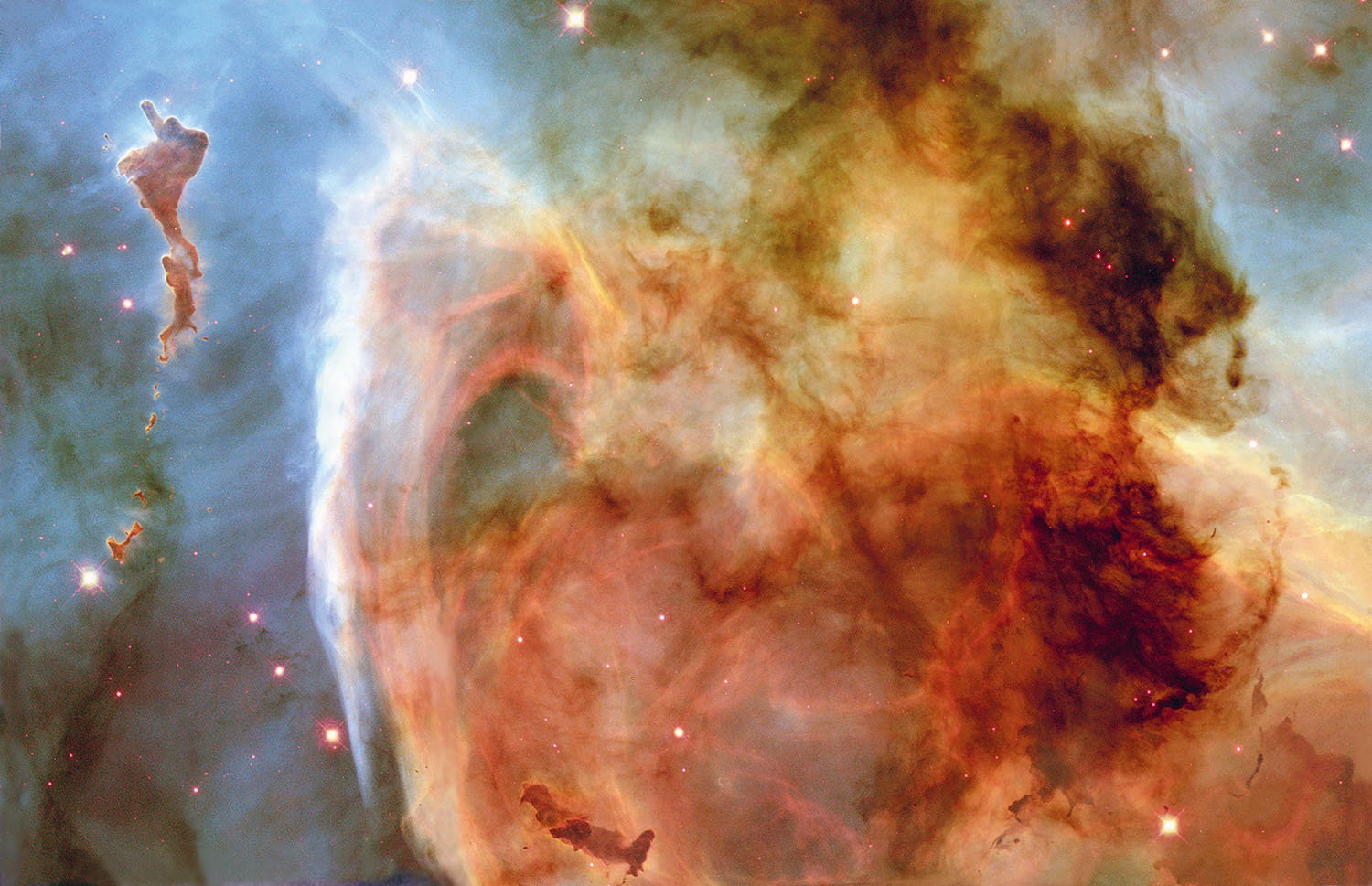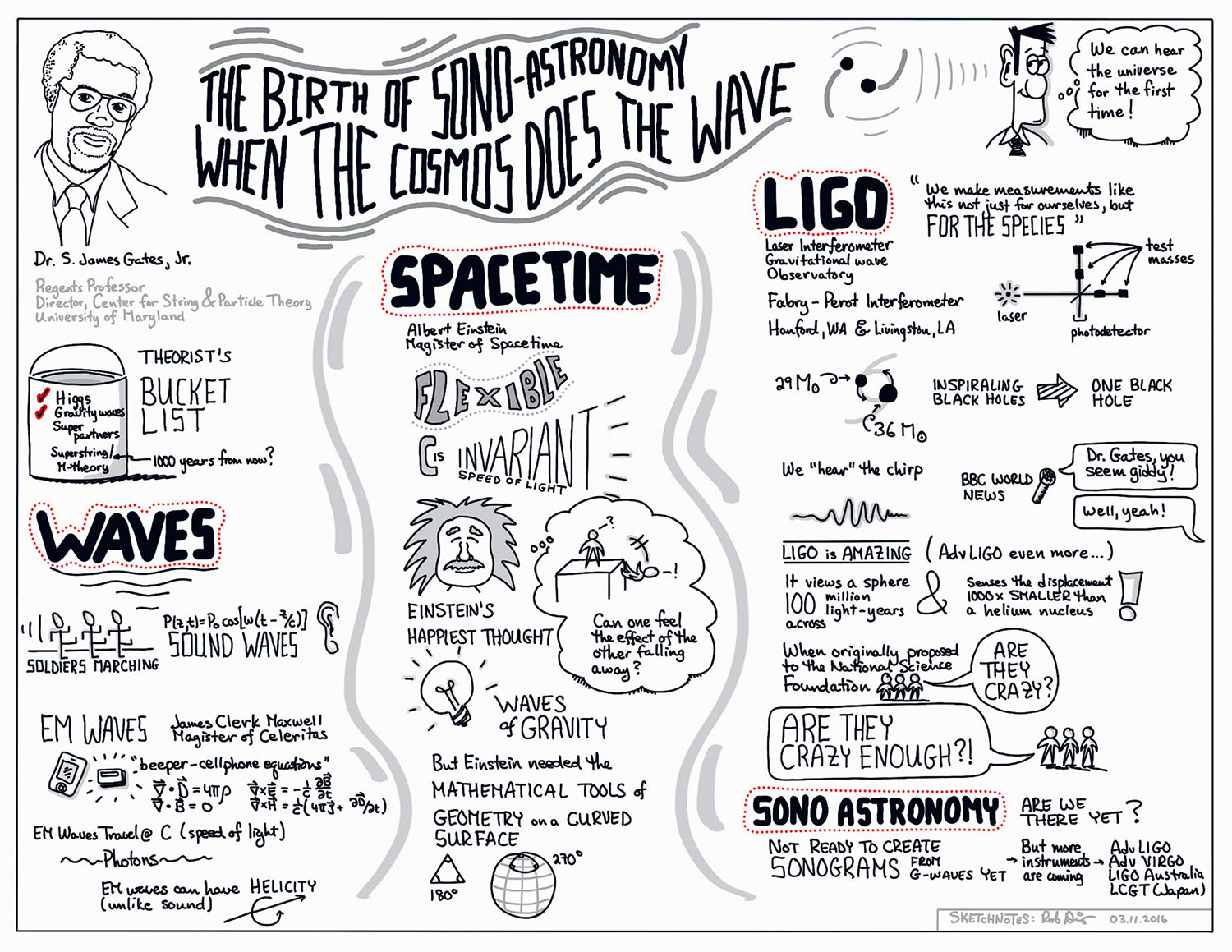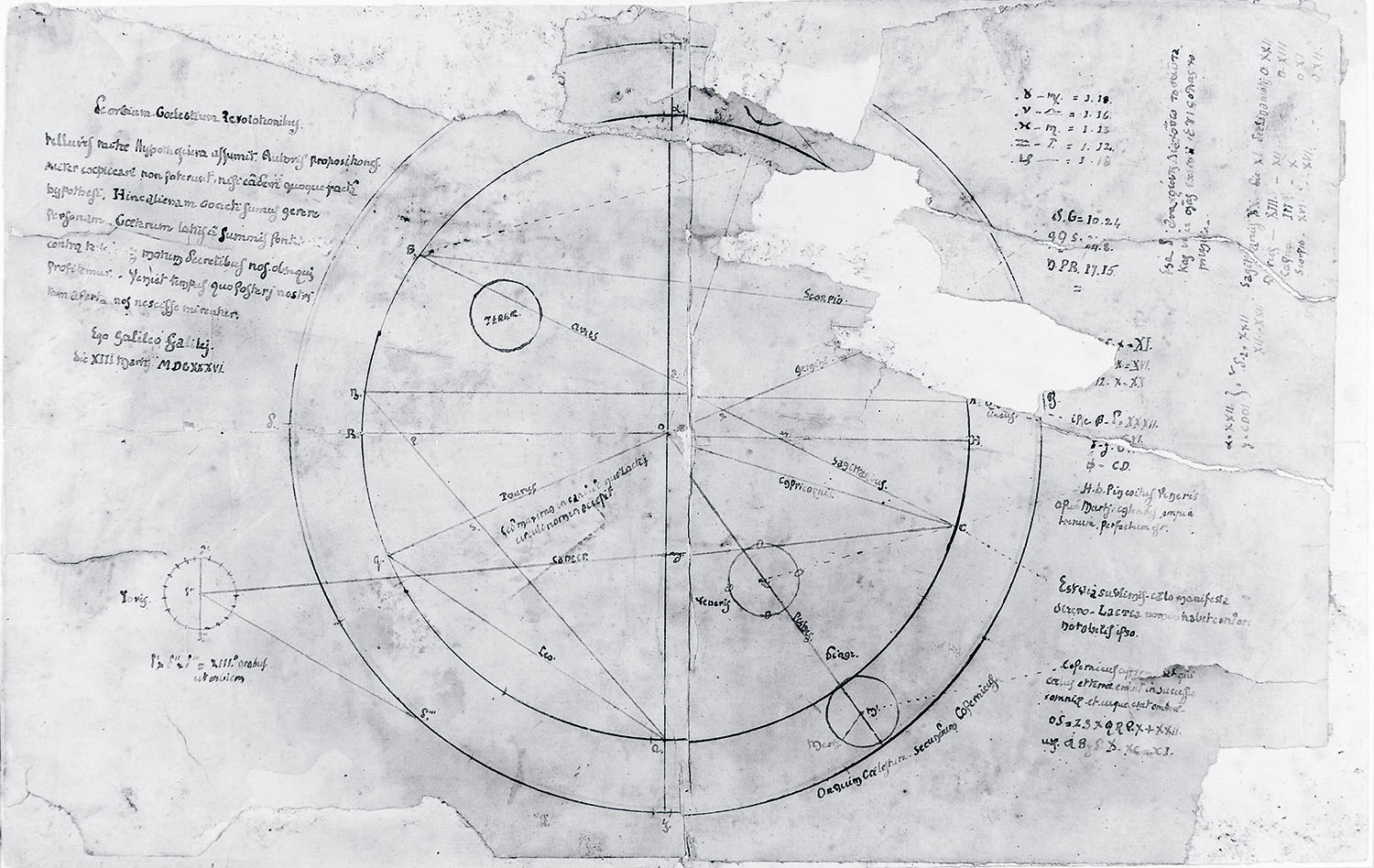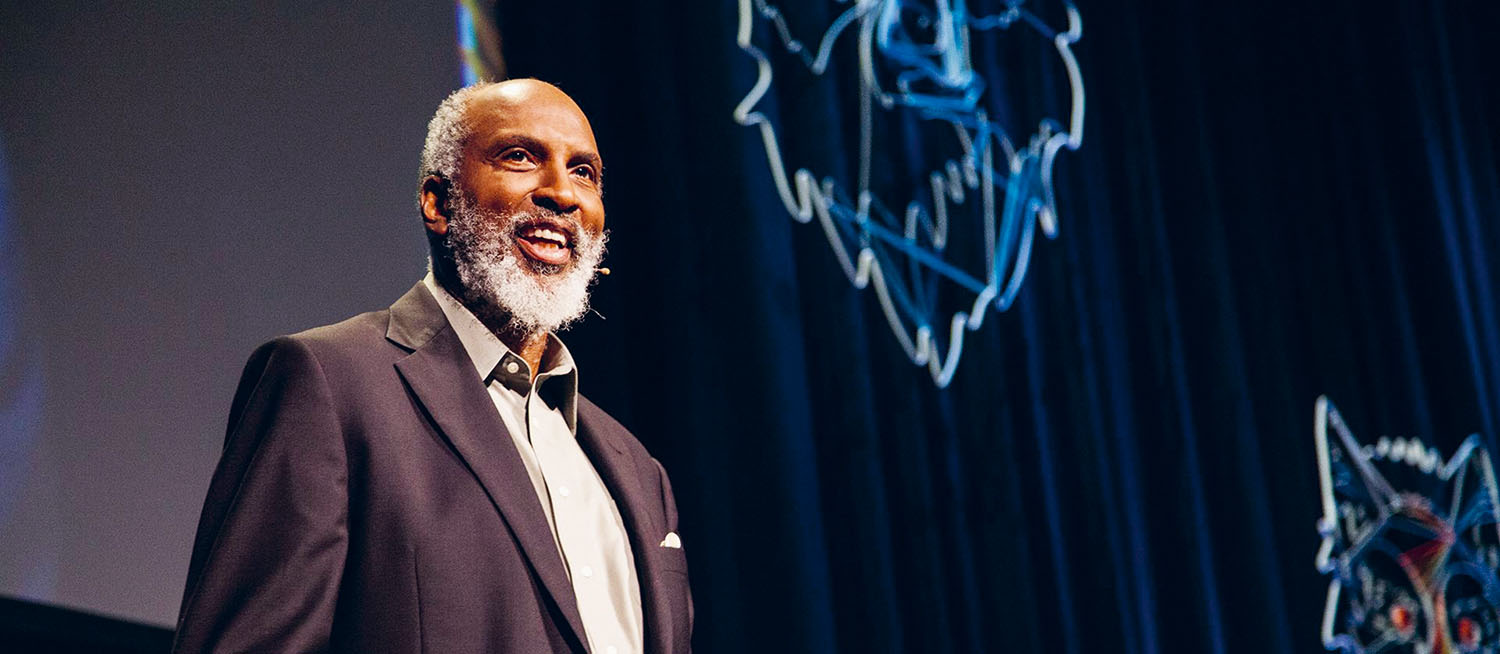
Gandhi once said that the seeker after truth should be humbler than dust. Considering that we are made from cosmic dust, and that after our bodies are done living we return to dust, humans are well suited for humility. We believe that when we adopt a humble mindset, we become more open to receiving wisdom. When we are more compassionate toward that which we do not understand, we believe we also become better equipped at finding our way toward truth.




